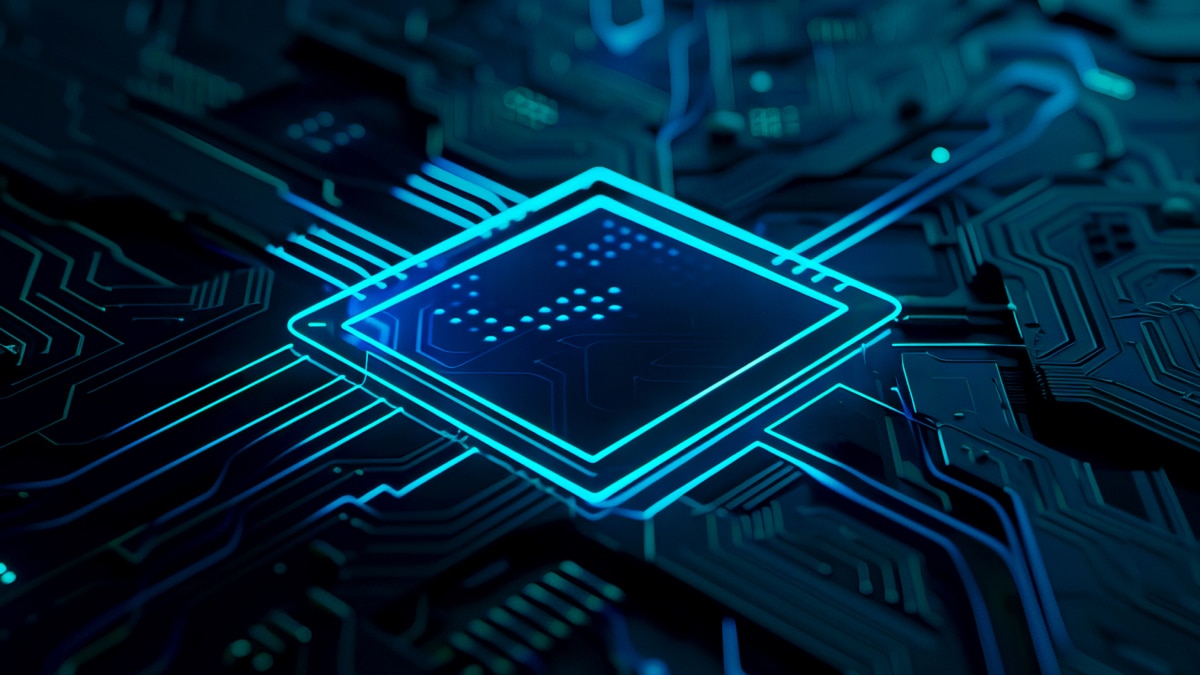Overview
With the increasingly smart world we live in, the amount of data processing needed is increasing exponentially. Relying exclusively on Central Processing Units (CPUs) may no longer suffice; acceleration may be needed to address the demands of certain applications.
Accelerated computing is becoming pervasive across various applications, from the data center to edge computing and the network in between. More application providers and developers are looking at accelerated computing as the solution to their applications’ limitations.
What Is Accelerated Computing?
Accelerated computing is a modern style of computing that separates the data-intensive parts of an application and processes them on a separate acceleration device, while leaving the control functionality to be processed on the CPU. This allows demanding applications to run more quickly and efficiently as the underlying processor hardware is more efficient for the type of processing needed. Having separate types of hardware processors, including accelerators, is known as heterogeneous computing because there are multiple types of compute resources available for the application to utilize.
Typically, hardware accelerators have a parallel processing structure that allows them to perform tasks simultaneously, instead of in a linear or serial fashion. As such, they’re able to optimize the intensive data-plane processing portions of applications while the CPU continues to run control-plane code that cannot be run in parallel. The result is efficient, high-performance computing.

Why Do You Need Accelerated Computing?
You need accelerated computing because today’s applications demand more speed and efficiency than traditional CPUs can provide on their own. This is especially true when considering the increasing role of artificial intelligence (AI). Businesses in all industries will increasingly rely upon accelerated computing to remain competitive.
Where Is Accelerated Computing Used?
Accelerated computing is used in a vast number of applications and industries today—especially as 5G is rolled out and we become more reliant upon the internet of things (IoT). Financial trading firms use it for faster trading and minimal latency. The automotive industry uses it for in-vehicle monitoring and advanced driver-assistance systems. Organizations use it to make sense of data. Video game developers rely on it to create high-quality simulations and graphics.
With all the reliance on accelerated computing across various industries, today’s applications need the ability to handle the demand for increased data processing in order to remain competitive.
What Solutions Are Available for Accelerated Computing?
There are different types of solutions available for accelerated computing—each with its own strengths and weaknesses. The solution you choose will depend on the demands of your application.

Graphics Processing Units (GPUs)
GPUs are specialized chips that speed up certain data-processing tasks that CPUs do less efficiently. The GPU works with the CPU by helping it offload much of the raw data processing in an application. Thanks to their parallel processing architecture, GPUs can process large amounts of data simultaneously.
Like the name suggests, GPUs were designed to accelerate the rendering of graphics. Today, GPUs are more programmable and flexible than ever, and developers in various industries are using them for AI and creative production. You can also use multiple GPUs together in supercomputers and workstations to speed up video processing, 3D rendering, simulations, and the training of machine learning models.

Tensor Processing Units (TPUs)
TPUs are specialized circuits that implement the necessary control and arithmetic logic to execute machine learning algorithms. Their arithmetic logic units—digital circuits that perform arithmetic and logic operations—are directly connected to one another. This allows for the direct transfer of data without the need to use any memory. TPUs are optimized for accelerating ML code and were specifically designed to accelerate TensorFlow, Google’s open-source ML and AI software library.
Adaptive Computing
Adaptive computing builds on an existing type of technology: field-programmable gate arrays (FPGAs). FPGAs comprise devices that are designed to be configured after manufacturing, hence the name “field-programmable.”
Adaptive Computing is the only type of accelerated computing where the hardware is not permanently fixed during manufacturing. Instead, adaptive computing involves hardware that can be customized to a particular application or even a specific acceleration function. By customizing the architecture to meet specific needs, adaptive computing solutions can enable exceptional efficiency for various applications.




